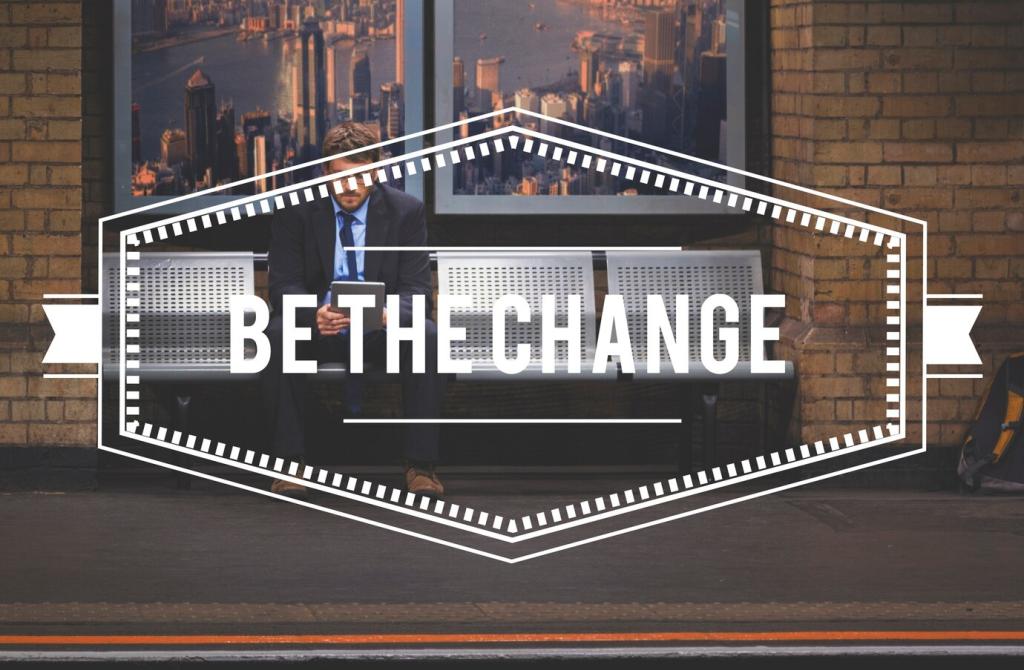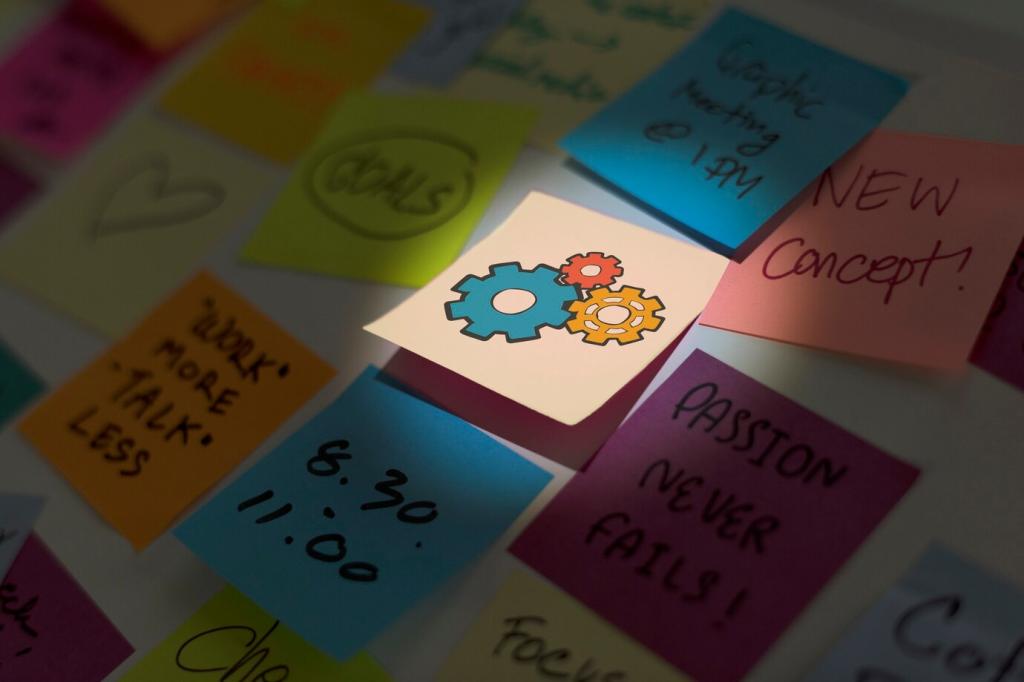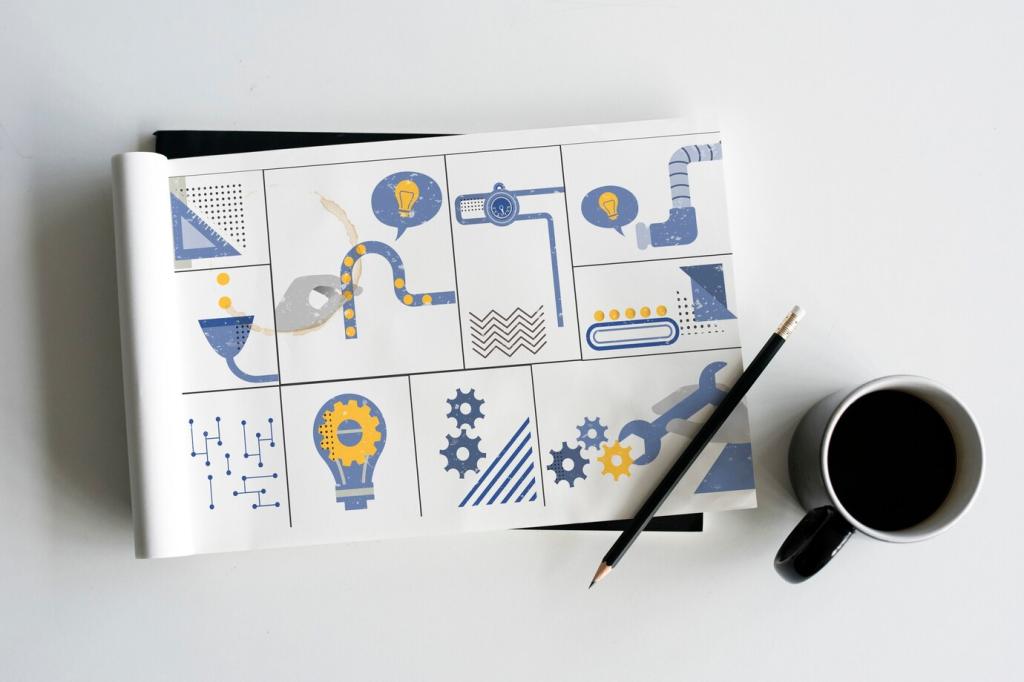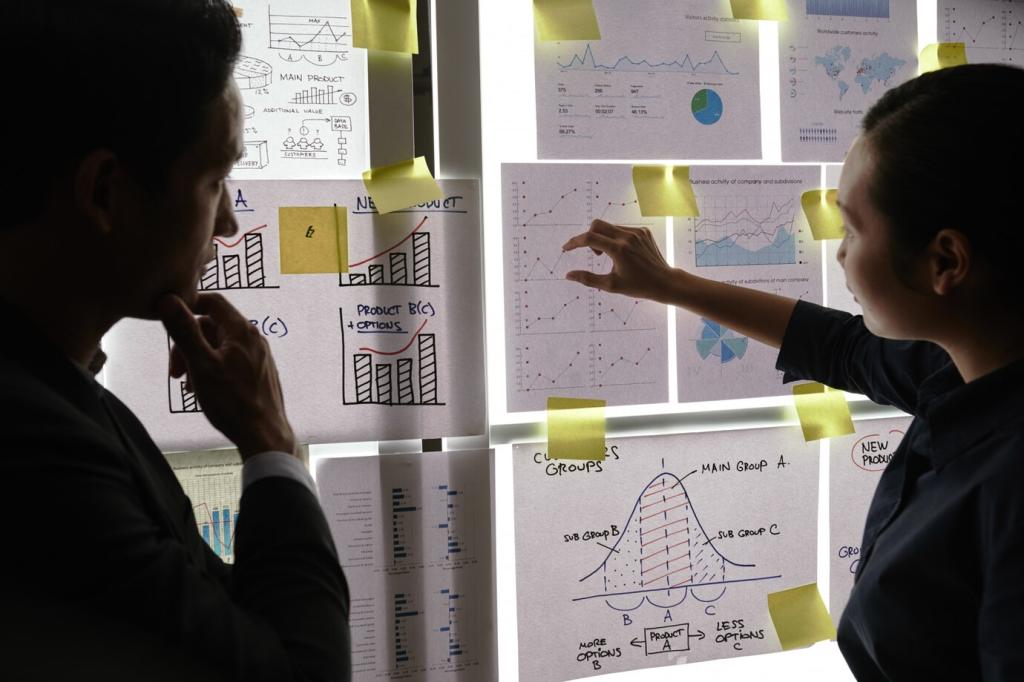Designing a Low-Impact Event Blueprint
Translate your event’s purpose into measurable targets tied to climate and waste outcomes. Use standards like ISO 20121 to frame governance, responsibilities, and accountability. Define per-attendee emissions, waste diversion rates, and water usage goals. Invite your community to comment on targets, then refine them publicly to build trust and momentum.
Designing a Low-Impact Event Blueprint
Begin with a footprint map covering travel, energy, materials, food, water, and waste. Prioritize high-impact areas like attendee travel and catering. Create a timeline that locks in key sustainable decisions while procurement is still flexible. Ask readers to share which category surprised them most when they calculated their first baseline.










